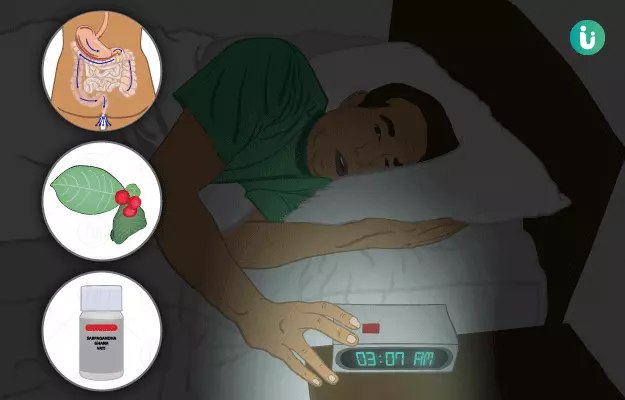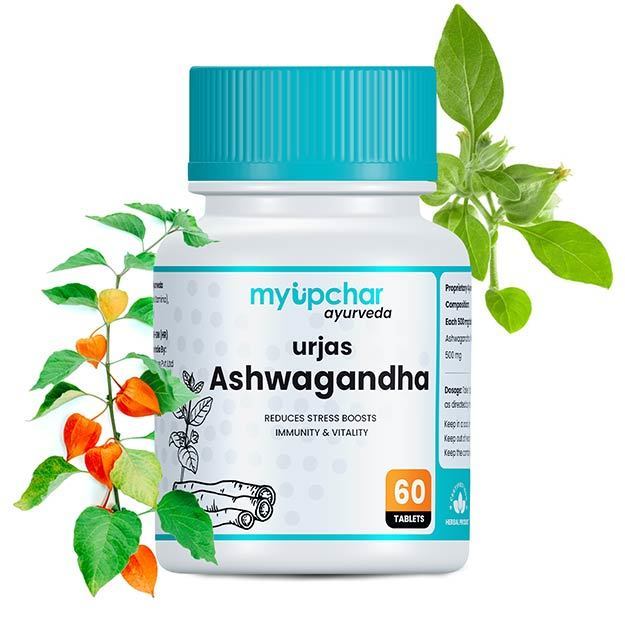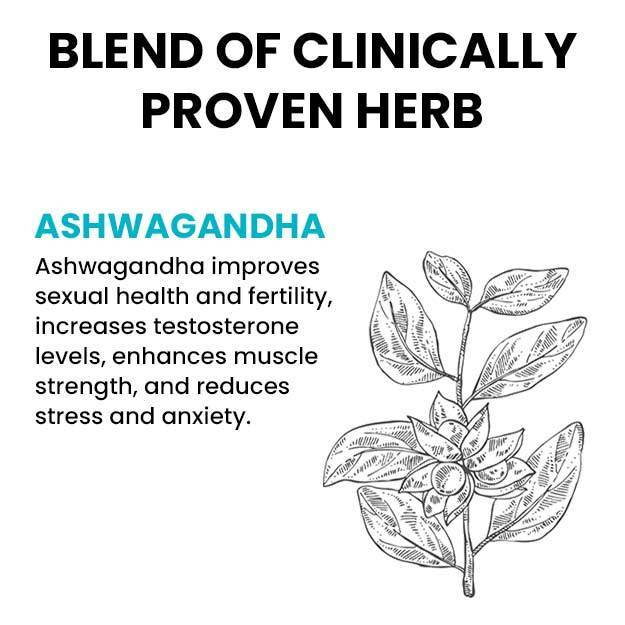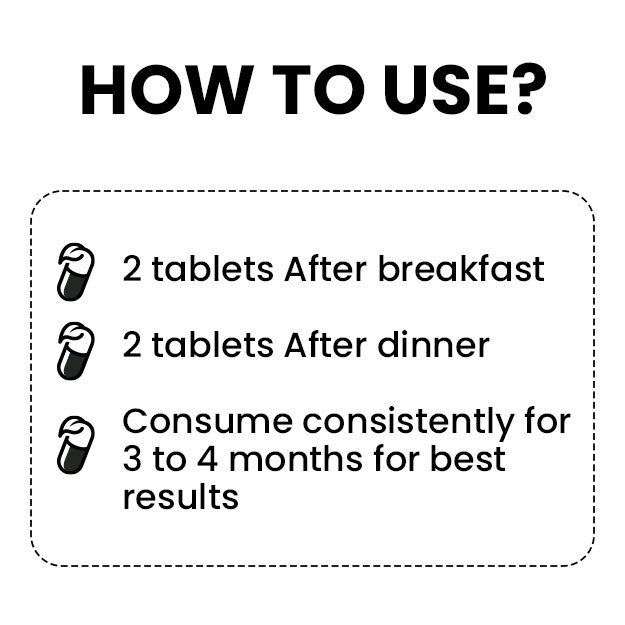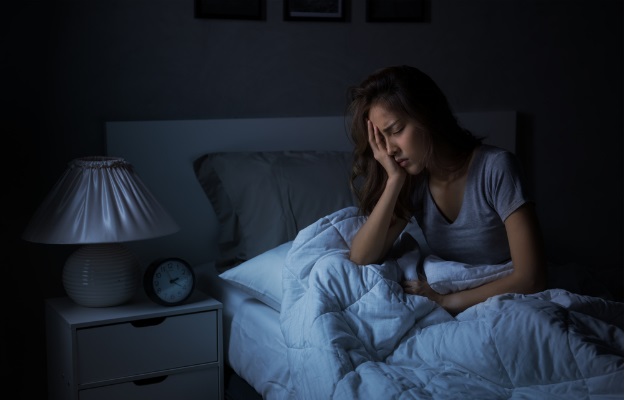Ayurveda helps to manage sleep disorders with the help of a holistic approach. The Ayurvedic treatment procedures and medications used to treat nidranasha or insomnia, a sleep disorder that causes difficulty in falling asleep, are selected based on the underlying cause of insomnia.
Here is the complete detail about the ayurvedic treatment of sleep disorder.
Lifestyle guidelines are prescribed based on a person’s prakriti (constitution) to bring about physical and psychological relaxation and induce an adequate amount of quality sleep. Nidranasha is classified into two types – svatantra nidranasha (primary insomnia), where insomnia occurs as an independent disease, and paratantra nidranasha (secondary insomnia), where insomnia occurs as a symptom, cause, or precursor of other conditions. Medhya rasayana (brain rejuvenative) and panchakarma (five treatment) procedures help manage insomnia by providing relaxing and purifying effects to the body.
Ayurveda suggests home remedies like consuming milk, plain or with khaskhas (poppy) seeds and eating the root of long pepper with jaggery before sleeping. Yoga asanas have also been proven beneficial in inducing sleep. Some Ayurvedic herbs, for example, jatamansi (muskroot), tagara (Indian valerian) and sarpagandha (Indian snakeroot) are used for the treatment of insomnia. The methods and medications used in Ayurveda to treat insomnia aim at regulating emotions and behaviour along with sleeping patterns.
(Read More - Hypersomnia treatment)

